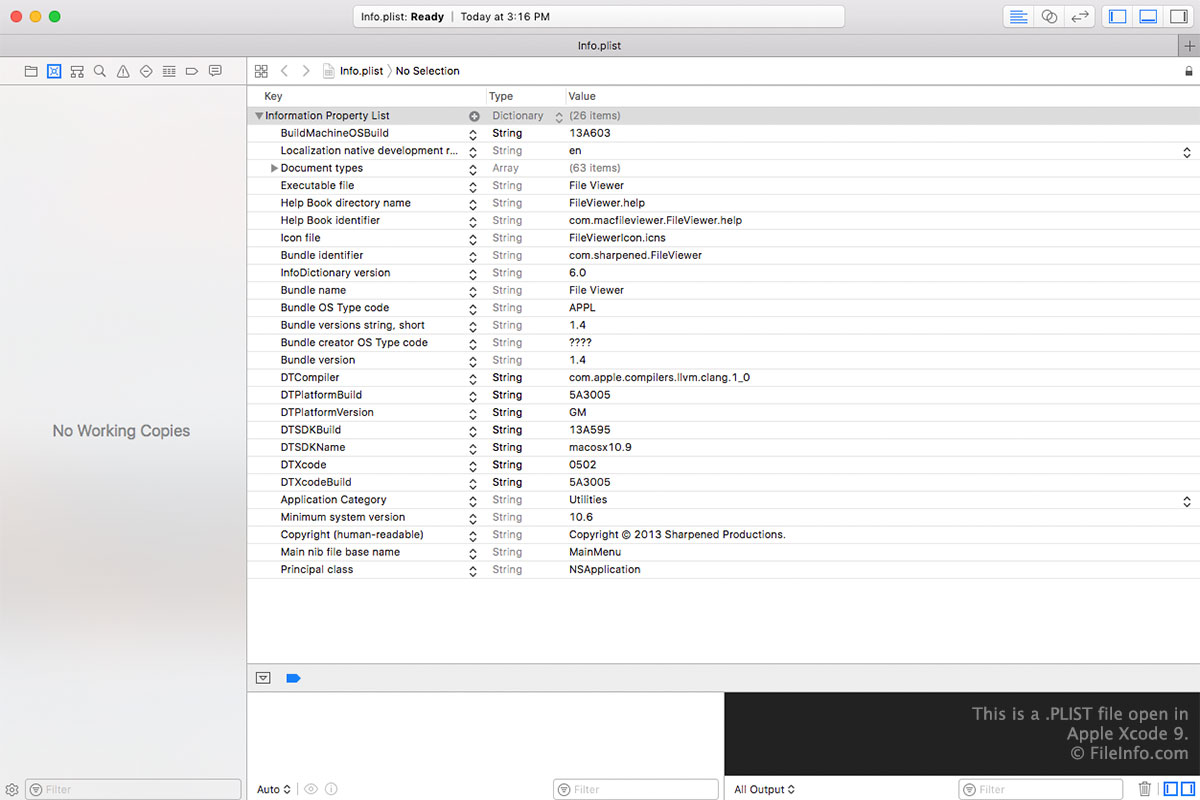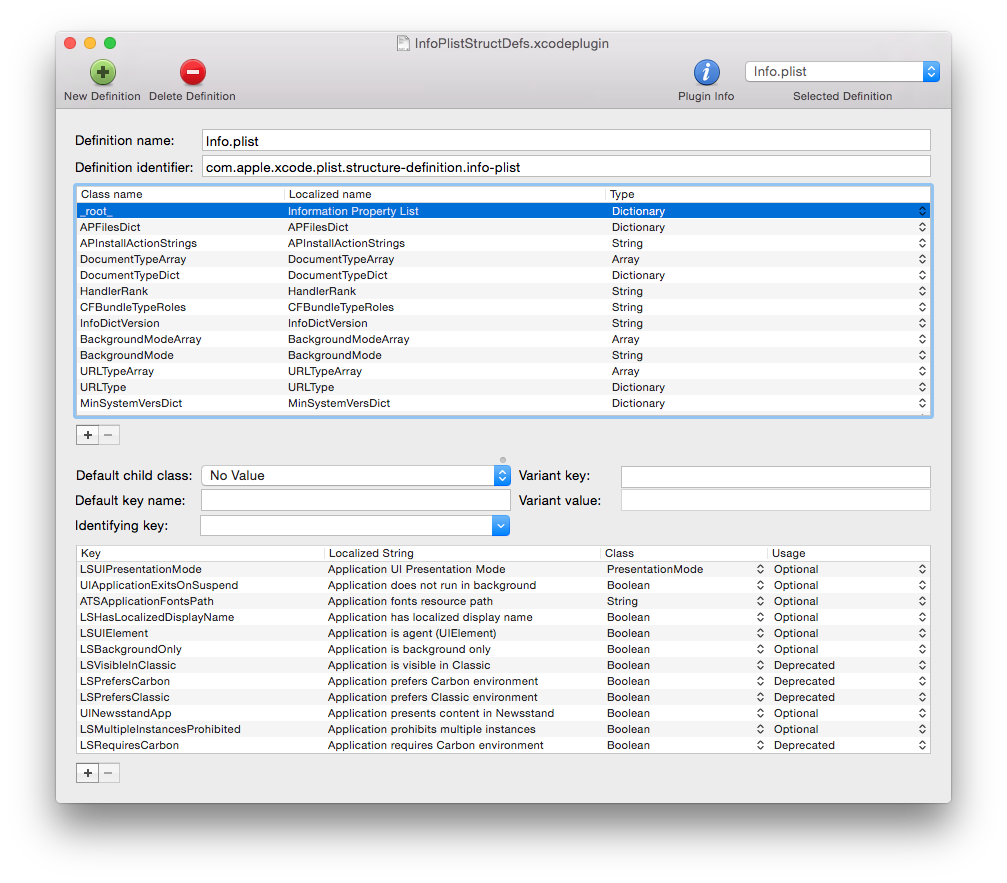

The same plist file, when converted from binary to XML, opens in a text editor as a typical XML file which can then be modified as desired, to then convert back to binary again: The modified binary list files can then be placed back into various system level or app level directories as necessary.īy the way, for those wondering why this tool is necessary, simply attempt to open a plist file in binary format with a text editor and you’ll quickly see the problem: Once it’s in binary format it will not be editable with a standard text editor again, unless you convert it back into XML, or use Xcode’s built-in property list editor tool. This changes the plist in XML back to binary format. Want to convert a plist file in XML format to binary, or back to binary after making edits to it? Use the following command instead:

Converting a plist Binary File to XML Format You can also use Xcode to edit plist files as usual.

This converts the existing binary plist file into XML format, which can then be edited in just about any plain text editor, whether it’s vi, nano, TextEdit in plaintext mode, or third party apps like TextWrangler and BBEdit. Have a plist file that is in binary format you want to convert to XML? This can be particularly helpful if you wish to make an adjustment to a property list file in a text editor, without having to launch Xcode or a separate app. To get started, launch the Terminal, found in /Applications/Utilities/ Converting a plist File to XML from Binary
#What is a plist file mac download#
This prevents the need for using Property List Editor in Xcode to edit plist files, which is a large download and a bit more cumbersome if you don’t need the other development tools bundled with Xcode. You can open PLIST files in Smithsoft Plistinator program. If in a plain text format, you can open and render the contents of this file in a Text Editor. This file is saved in a binary or plain text format. PLIST has been classified as Settings Files.
#What is a plist file mac mac os x#
The great thing about this approach with plutil is that users can convert property list files to XML to make edits with a plain text editor, then back to binary for use by an application or system function again. PLIST file extension is created by Apple, also known as Mac OS X Property List File.


 0 kommentar(er)
0 kommentar(er)
